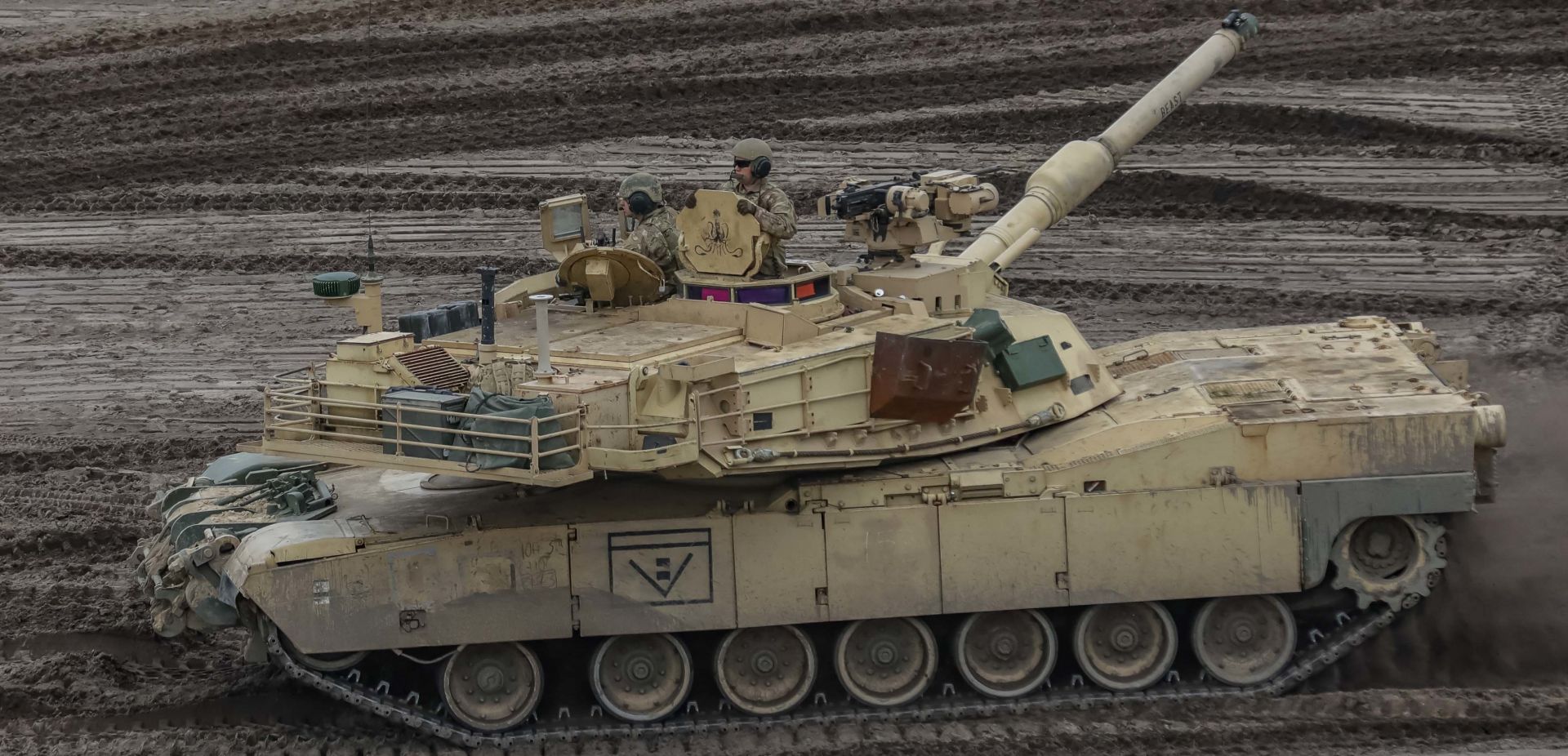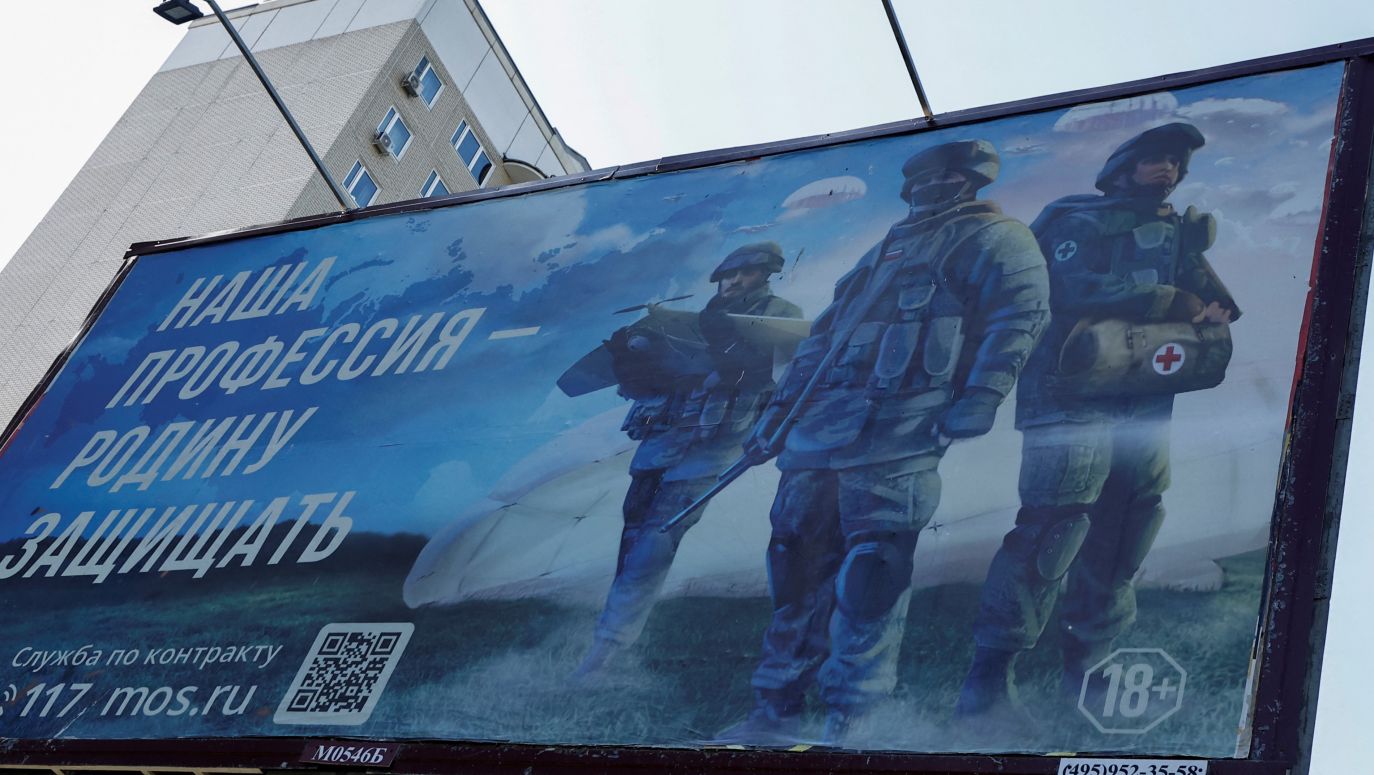What will be decisive for the success of this offensive? Are tanks? I dare not answer such a question, but I can point to a document that sheds some light on this issue. It is a report recently published by the aforementioned think tank RUSI, titled rather ominously: “Meatgrinder: Russian Tactics in the Second Year of Its Invasion of Ukraine.” The report was authored by Jack Watling and Nick Reynolds, and it was produced as a result of their trip to the front lines in April and May and a series of interviews with soldiers from various units of the Ukrainian army.
This is a professional report by military experts who are not seeking miraculous recipes for victory but rather coolly consider what is possible and what is not. They are far from underestimating the Russians because they know that underestimating the enemy is the first step towards defeat. The main message of this report is that the Russian army is capable of learning from its mistakes, and it has learned a lot over the past year and a half.
What have they learned? For example, they completely abandoned their initial concept with which they entered Ukraine, based on the cooperation of highly mobile Battalion Battle Groups, and shifted to a structure based on the division of infantry according to specialisation and type of use. Without delving into specialised details, it is worth mentioning that thanks to this division, Russian military personnel were able to introduce and utilise a large number of poorly trained “mobilised soldiers” who joined the army after the autumn partial mobilisation. Specifically, they were used for two purposes: detecting Ukrainian firing positions through combat and identifying their weak points in the same way.
The destruction of these positions and the attack on weak points were carried out by other categories of infantry, which were much more experienced, trained, and better equipped. It goes without saying that the casualty ratios were unevenly distributed among these differently treated types of infantry. The “mobilised soldiers,” in blunt terms, served as cannon fodder, hence the shocking title of the report.
New tank strategy of the Russians
The enormous losses in armoured vehicles have also taught the Russians to treat their tanks differently. They are rarely used for frontal attacks. The last such attack took place in spring this year near Vuhledar when an entire armoured brigade was destroyed while attempting to break through minefields and well-prepared positions of the Ukrainian army. This, it seems, effectively cured the Russians of any ideas of emulating armoured thrusts from World War II.
So, what are tanks used for then?
Firstly, as artillery at short distances, which may seem strange given that tank guns are much weaker and have a much shorter range compared to conventional artillery. However, tanks are much more mobile and better protected, which the Russians take advantage of.
Secondly, for destroying identified targets at short distances in positional battles.
Finally, tanks are used to engage the enemy during troop rotations. The Ukrainian attack during troop rotations led to a Russian defeat last autumn in the Kharkiv region, and since then, their routine tactic is to conduct tank raids when subunits are being rotated. They shower the enemy with a barrage of shells and then quickly withdraw. The best-equipped tanks are used for this purpose.
It is evident that the Russians have learned to operate efficiently with what they have. It is worth noting that older tank models, such as the reintroduced T-62, which were modern in the 1970s, are also suitable for this type of operation. The information about delving so deeply into their stockpiles caused widespread ridicule, but it turns out to be unfounded.
Putin’s military now knows how to use reconnaissance systems
The report speaks positively about two highly developed types of troops in the Russian army: engineering and artillery. The engineering troops are capable of rapidly constructing defensive fortifications with a depth typically reaching 30 kilometres, consisting of multiple layers, including minefields. Since Russia has not signed the Anti-Personnel Landmines Convention, these fortifications are saturated with such mines, often co-located with anti-tank mines.
Artillery plays a dominant role in this war and is responsible for about 80% of the casualties. According to the estimates of the report’s authors, in 2022 the Russians fired around 12 million artillery shells, launching between 20,000 to 60,000 shells per day. This has led to a serious depletion of ammunition stocks. Since their annual domestic production is approximately 2.5 million shells, they have been forced to reduce ammunition consumption. It is predicted that they will fire around 7 million shells this year.
However, it is not just the intensity of the artillery fire that poses a threat in the face of Russian artillery. The Russians are increasingly learning how to use an effective reconnaissance and target acquisition system called “Strzelec”. It combines imagery from multiple drones and observation points to precisely indicate to commanders where to direct the fire. Typically, this happens within minutes after conducting reconnaissance.
In 2022, many Russian units did not even unpack the components of this system, and if they did, the soldiers did not know how to use them. Now, they have acquired the necessary skills, and it is one of the significant changes that have occurred since the beginning of the war.
Effectively disrupting Ukrainian electronics
Another strong point of the Russians is electronic warfare, which involves jamming and intercepting all kinds of electronic signals used by the enemy. As a result, Ukrainians lose around 10,000 drones every month on the front lines, mostly reconnaissance drones. The Russians are also capable of intercepting and decrypting real-time communication carried out using Motorola radios with 256-bit encryption.
Furthermore, air defence should be understood not only as the ability to attack aircraft, as they rarely venture into the front-line areas from both sides, but primarily as defence against missiles. Rockets launched from Himars systems are mostly intercepted by Russian defence systems this year, and multiple missiles need to be launched simultaneously to have a chance of hitting the target.
Simply put, the Russians have “got their act together” and started using their resources effectively. This applies to all areas of the conflict. If the Watling and Reynolds report were to be summarised in one sentence, it would probably be: “The Russians have got their act together.”
How should one proceed to ensure the success of a counteroffensive then? The authors of the report end with a significant sentence stating that how the Ukrainian army chooses to confront the challenges presented above is sensitive information that will not be disclosed in the text. They remind us that this is not a mere exercise; it is an operation on a living organism, and the lives of people and the future of Ukraine are at stake. And we can infer that it also pertains to the future of Poland.
Of course, the authors then mention the critical areas for the success of the operations. The titular tanks are just one of many elements, and notably, they are discussed from a logistics standpoint rather than their direct combat capabilities. It is crucial to have sufficient spare parts available near the battlefield, not just ammunition and fuel, as this is evident, but spare parts.
Surprise as a chance for Zelensky
Finally, to win, it is necessary to move away from thinking solely about equipment and supplies. The authors of the report write, “Much of the emphasis for international support has understandably been on equipment. Tactics, however, will be decisive in determining whether Ukrainian infantry are able to succeed on the battlefield.” In the ultimate calculation, it will be a clash of morale and skills. As for morale, the comparison clearly favours the Ukrainians. Will the intensive training that thousands of Ukrainian soldiers have undergone in recent times yield the desired effect? That is a big question.
However, if I were to mention just one factor after reading the report that should determine Ukrainian (and our) success, it would be the element of surprise. But not surprise in the classical sense of choosing the place and time so that the enemy does not realise an attack is coming. With the current level of reconnaissance, achieving this type of surprise is unrealistic. Rather, it is about employing new methods of warfare and new types of weaponry, and perhaps new ways of utilising that weaponry.
The Russians, as highlighted by the RUSI report authors, have indeed “got their act together” and are fighting much better than at the beginning, but they are reactive. They have learned to react to challenges and operate in an effective routine. Any change on the Ukrainian side elicits unpredictable and panicked reactions from them, and time is needed for them to develop new routines. Moreover, they perform well in static warfare conditions but struggle with coordination on the move. When manoeuvring becomes necessary, coupled with new, previously unknown behaviours from the enemy, they can become disoriented. This is where Ukraine’s opportunity lies.
In the years to come, we will learn what truly mattered. What tactics were employed to disorient the Russians? And which new combat systems proved most effective? Perhaps the recently supplied British long-range Storm Shadow missiles capable of striking fortified targets from distances of up to 250 km? Maybe the radio-electronic warfare systems known only to specialists? Or perhaps the tanks after all?
– Robert Bogdański
TVP WEEKLY. Editorial team and jornalists
– Translated by jz


 SIGN UP TO OUR PAGE
SIGN UP TO OUR PAGE 




